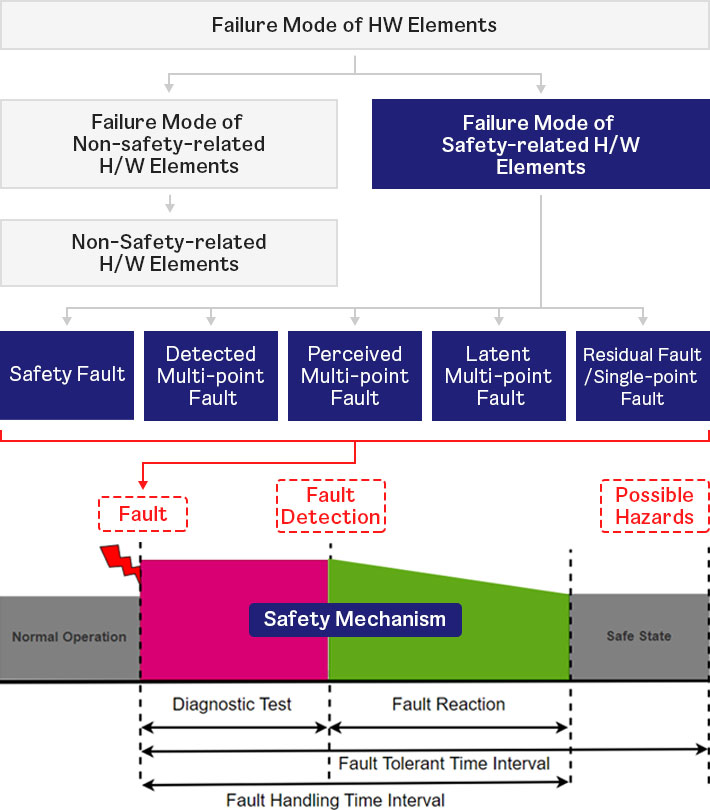Developing Automotive Grade SoCs
That Are Both Safe and Secure
That Are Both Safe and Secure
BOS’s Safety & Security Architecture and Design
Advanced Driver-Assistance Systems (ADAS) and software-defined vehicles (SDV) drive
the emergence of powerful on-vehicle computing platforms.
This powerful host software functionality enhances customers’ experience and increases the level of automation.
But these benefits require increasingly advanced safety & security architectures to defend against cybersecurity vulnerabilities and threats. BOS’s safety & security architecture and design shown below meets these requirements.



Automotive Grade Security Provisioning
Our SoC provides a hardware security module (HSM) for root of trust (RoT)
- Isolated Security Module for Root of Trust Functionality
- Security Attack Detection & Protection
- Essential Elements for Building Trustable AI Systems
BOS SoC Security Features
- Secure Booting
- Secure Storage
- Secure S/W Update
- Device Authentication
- Data Integrity/Authenticity
- Secure Debug
- Crypto Services
- Security Monitoring



Automotive Grade Functional Safety Provisioning
Failure Classification & Functional Safety Activities



Source: ISO 26262–5 Annex B (Failure mode classifications of a hardware element)
Functional Safety H/W Mechanism
- Voltage Monitoring
- Clock Monitoring
- Built In Self Test
- HW Comparator
- ECC (Error Correction Code)
- EDC (Error Detection Code)
- ADC input check.
- Interrupt monitoring
- Register monitoring
- Dual Core Lock step
Functional Safety S/W Mechanism
- Program Flow Monitoring: Alive/Dead-Line/Logical Supervision
- E2E Protection: Communication Safety
- Memory Partitioning: Detect Memory Access Violation
- Software Test Library
Safety & Security SW Stack



Development Process Compliant with Functional Safety Standards
![]() BOS has obtained ISO 26262 Functional Safety Management Certification in 2024
BOS has obtained ISO 26262 Functional Safety Management Certification in 2024














